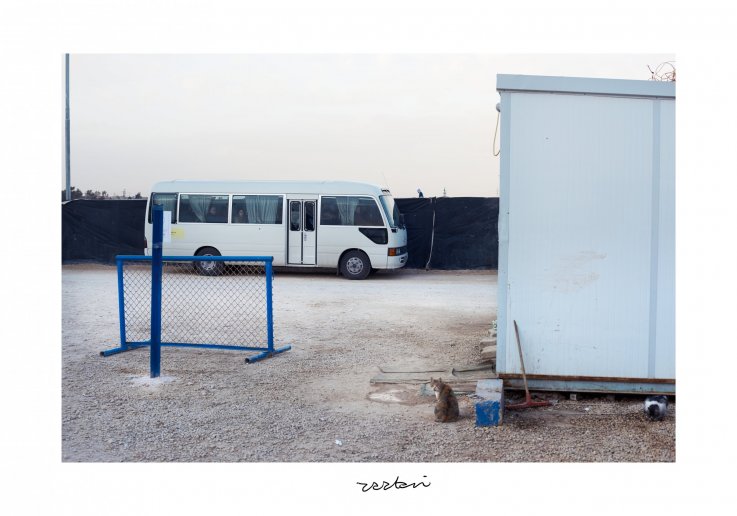Syrian Refugees Share Cherished Cellphone Snaps

By some estimates, about 1.3 trillion photos will be snapped on cellphones across the world this year alone. That would be an average of about 176 photos a person per day if everyone owned a cellphone. But say a catastrophic event interrupted your life, such as a violent conflict forcing you from your home: If you could only save certain photos, which would you choose, and which one is the closest to your heart?
Those are questions photographer Alex John Beck wanted to answer when he met with Syrian refugees in Lebanon and Jordan in February 2016 with Oxfam. More than five million refugees have fled Syria since war broke out in 2011, and more than 1.6 million of them reside in those two countries alone.
"Like so many people, I spend all day looking at my phone," Beck tells Newsweek. "It feels to me like a very modern device, in contrast to the seeming-anachronism of a brutal civil war. It quickly became evident that the Syrians have the same attachment to their phones that we do."
Beck's subjects are defined by two photos: of the refugees themselves and of their cellphones displaying the photos that matter most to them. He says the latter includes the final glimpse of a ruined, white shell of a home; vacation photos; closed-down stores; or family members who later died by bomb blast or exposure.
Beck says the people he met were quick to pick up their phones and "show you a text or a photo that shows you where they lived, the people that mean the most to them." Cellphones are an indispensable lifeline for many of the millions of refugees and migrants who have fled and are fleeing their homes—in many cases making their way to Europe. That didn't stop some people during the peak of the refugee crisis in 2015 from inanely questioning why the refugees, if they were supposed to be so "poor," were seen to be in possession of a relatively cheap, ubiquitous piece of technology.
As U.S. states file legal actions against the second travel ban signed by President Donald Trump, and refugees wait until a temporary ban on them entering the U.S. is lifted, Beck says he hopes the photos will show the public that the people he met "go about their lives no differently than we do, albeit with a very different set of constraints."
"These are the very kinds of people the second executive order is blocking from the United States, needlessly," he says. "If anything, this shows how much more we have in common than not, and just how much they've been through."


